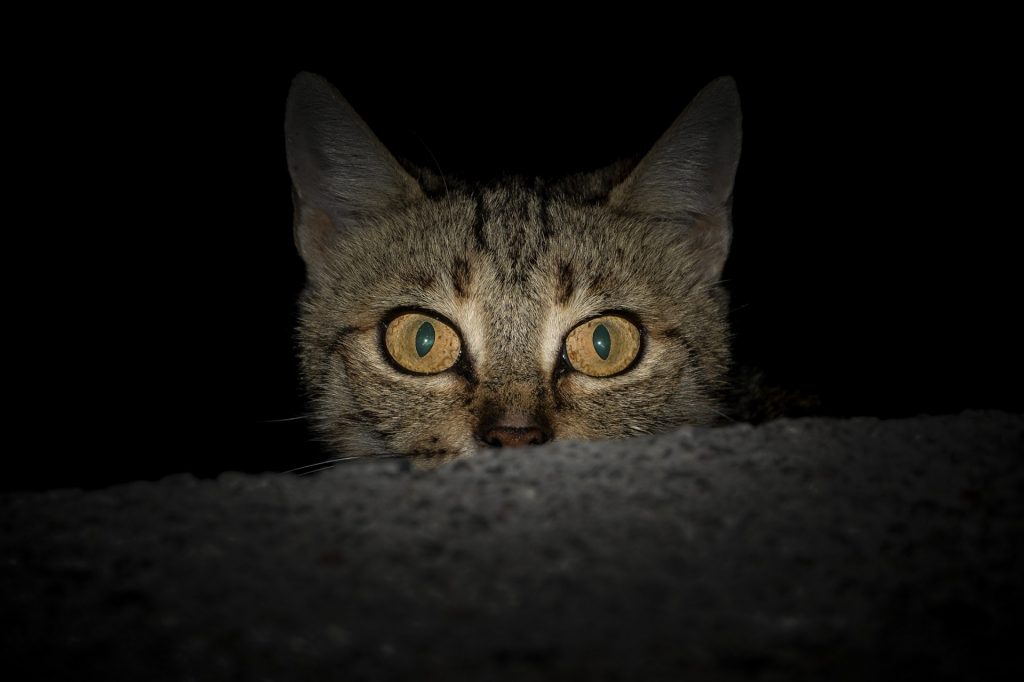We know how cats can be innocent and cruel at the same time: they won’t give you schizophrenia, contrary to popular beliefs, but they will ignore whoever’s calling them, even if it’s their owner. Today we present the feline version of “The Taming of the Shrew,” starring Felis silvestris.
Cat (Felis silvestris, aka Wildcat) is untamable: solitary and territorial, she hates hierarchy. But, a while ago, humankind was able to seduce and domesticate one of her species, turning her into the fluffy kitty little ball of fur purring by your side and named Felis silvestris lybica.
Domestication in two fronts
Surprisingly, the taming process happened on two distinct occasions: first, over 8000 years ago, and then again in 1300 AD, during the Ottoman Empire. In this last domestication, humans gave Cat a complete makeover, turning her coat pattern from mackerel-like into mottled. After all, fashion changes, and you can’t expect to wear the same fur for thousands of years! Since then, humans and cats seemed to live happily -with minor tiffs- ever after.
The unraveling of the domestication process in cats was fascinating. It involved 26 institutes from all over the world, between universities and museums, and samples from 352 ancient cats. The findings can be found in the Nature journal [cite]10.1038/s41559-017-0139[/cite].
Scratching the surface
The history of cat domestication has always been mysterious. So, this story begins with researchers willing to dig deeper into that. What seemed to be a regular research into cat genealogy turned into a search of a femme fatale with a dirty history of shared interests, social climbing, and international travels (for the best cat treat?). They started collecting and analyzing DNA from remains of ancient cats, such as cat mummies from Ancient Egypt. The remains belonged to cats from a distant location and different ages, from before 6500 BC to modern times. These samples were compared to DNA from modern wildcats living in Bulgaria and East Africa. What did their DNA reveal? What did the science-detectives write in their dossiers?
• Wildcats lived in different regions: Felis silvestris silvestris was from Europe, while Felis silvestris lybica lived in Southwest Africa and southeast Europe. In addition, Felis silvestris silvestris never went to Southwest Africa.
• Domestic cats evolved from wild Felis silvestris lybica, but they also share some genetic feature with European wildcats Felis silvestris silvestris.
• “Ambitious” cats began to hang out with farmers during the Neolithic in Southwest Africa. Since then, they traveled and move together several times, both through ground and sea transportation. In particular, they were close in Ancient Egypt. Also, they moved North of the Alps with the Romans, as soon as they conquest the area, and they went seafaring with the Vikings. I’m wondering how many miles they must have accumulated!
• Tabby cat, mottled or spotted, appeared during the Ottoman Empire (from 1300 AD) and began to be popular only in the 1700s.
The researchers unraveled the scheme of cat-eyed Felis silvestris lybica. Now the question is: will she take revenge on them kicking the litter out of the box?



